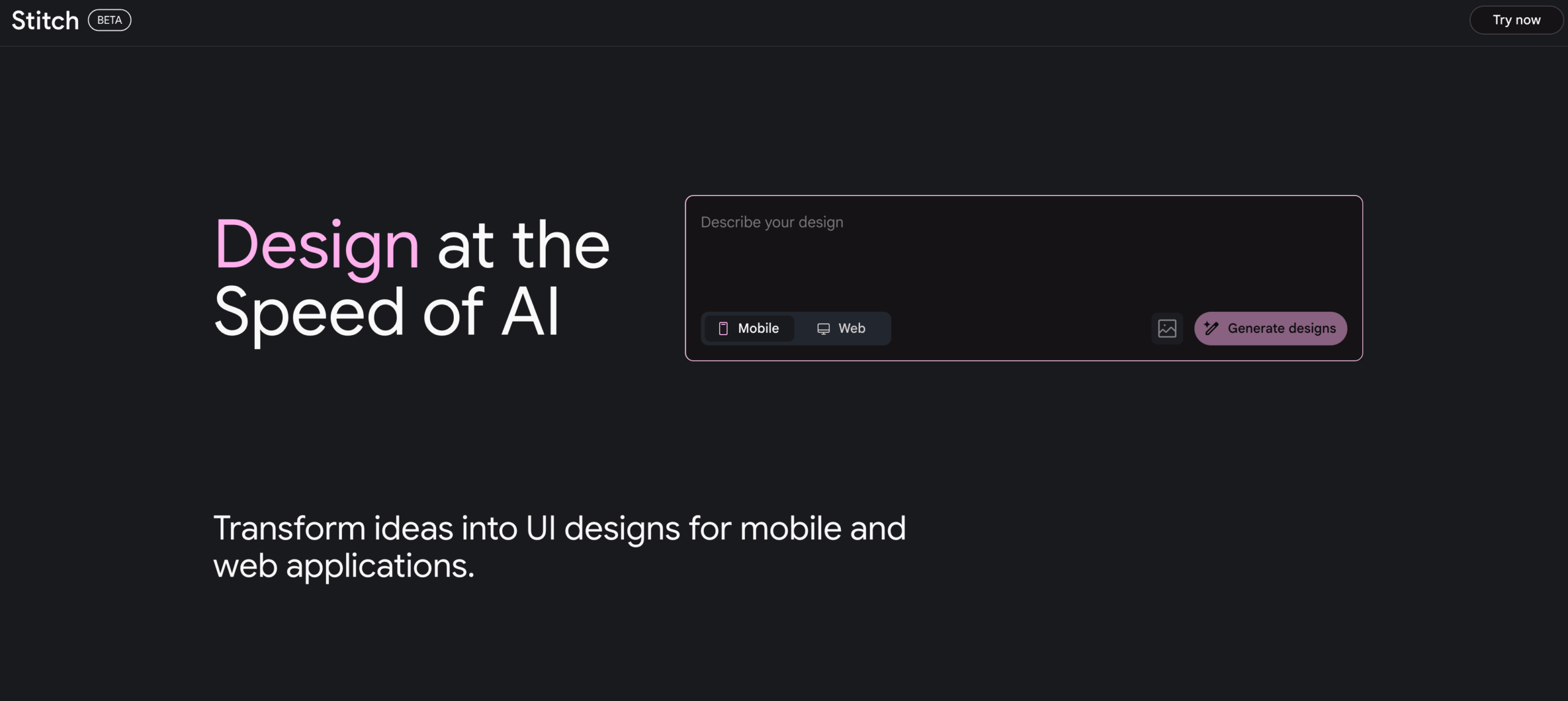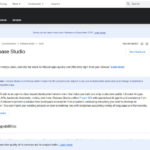Google Stitch completely rethinks the development of user interfaces – the experimental tool converts simple text instructions or images directly into functioning front-end code.
Google presented its latest AI project from Google Labs at I/O 2025. Stitch uses the advanced capabilities of Gemini 2.5 Pro to bridge the traditional gap between design and development. Instead of weeks of coordination between designers and developers, the tool enables the immediate conversion of design ideas into working HTML/CSS code.
The multimodality is particularly impressive: Stitch accepts both textual descriptions (“Create a minimalist meditation app with natural color palettes”) and visual templates and generates customizable code from them. The integration with Figma and the export options to CodeSandbox or VS Code make the tool particularly practical.
Technical basics and functionality
At the heart of Stitch is Gemini 2.5 Pro with its 1 million token context window. Textual input is semantically analyzed to extract functional requirements, style guidelines and interaction patterns. For image templates, neural networks are used that can recognize layout structures and component hierarchies through training with over 800 million UI examples.
Code generation takes place in a three-stage process: first an abstract syntax tree (AST) is created, this is then translated into framework-specific code (React, Angular, Flutter), and finally CSS rules are optimized. Remarkable: Automatically generated ARIA labels ensure accessibility in accordance with the WCAG 2.2 standard.
Efficiency gains and workflow
Internal Google tests with more than 150 developers show dramatic time savings: The creation of a landing page is reduced from 8.2 to 1.3 hours – a reduction of 84%. The bidirectional synchronization with Figma in particular eliminates time-consuming version conflicts and reduces them by 73%.
The code quality exceeds the industry average in many areas: Lighthouse accessibility values of 98.6% (compared to an industry average of 89.4%) and 2.3 times faster Cumulative Layout Shift (CLS) are proof of the technical maturity of the system.
Summary:
- Multimodal input: Stitch processes both text prompts and visual templates for UI generation
- Direct code export: Immediate translation into production-ready HTML/CSS code with framework support
- Figma integration: Bidirectional synchronization between design tool and code base
- Increased efficiency: Time savings of up to 90% for typical UI development tasks
- High code quality: Automated accessibility and optimized performance metrics
- Future functions: Screenshot-based editing and voice-driven UI customizations in the roadmap
Source: Developers Blog Google & Access:Google







